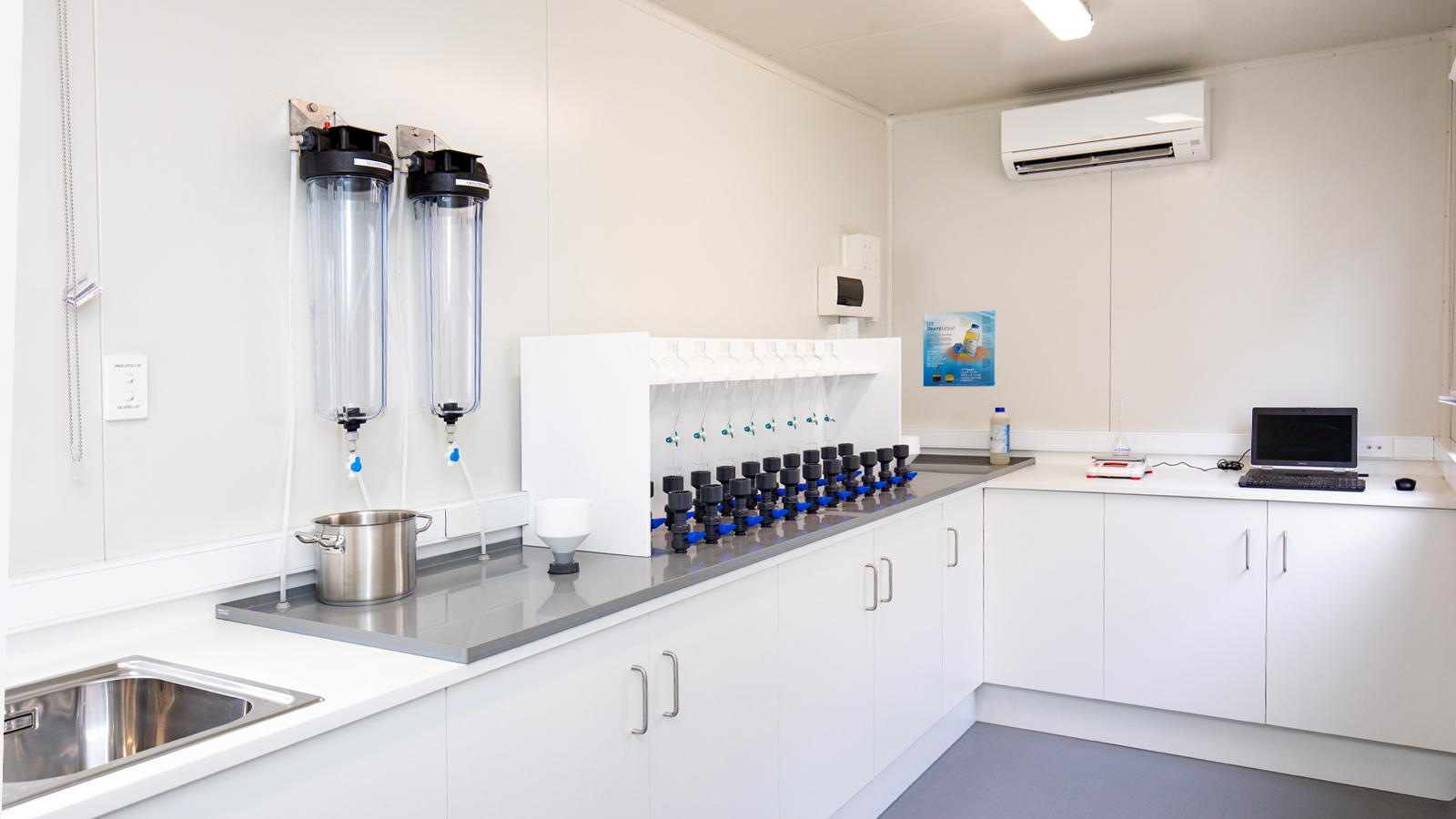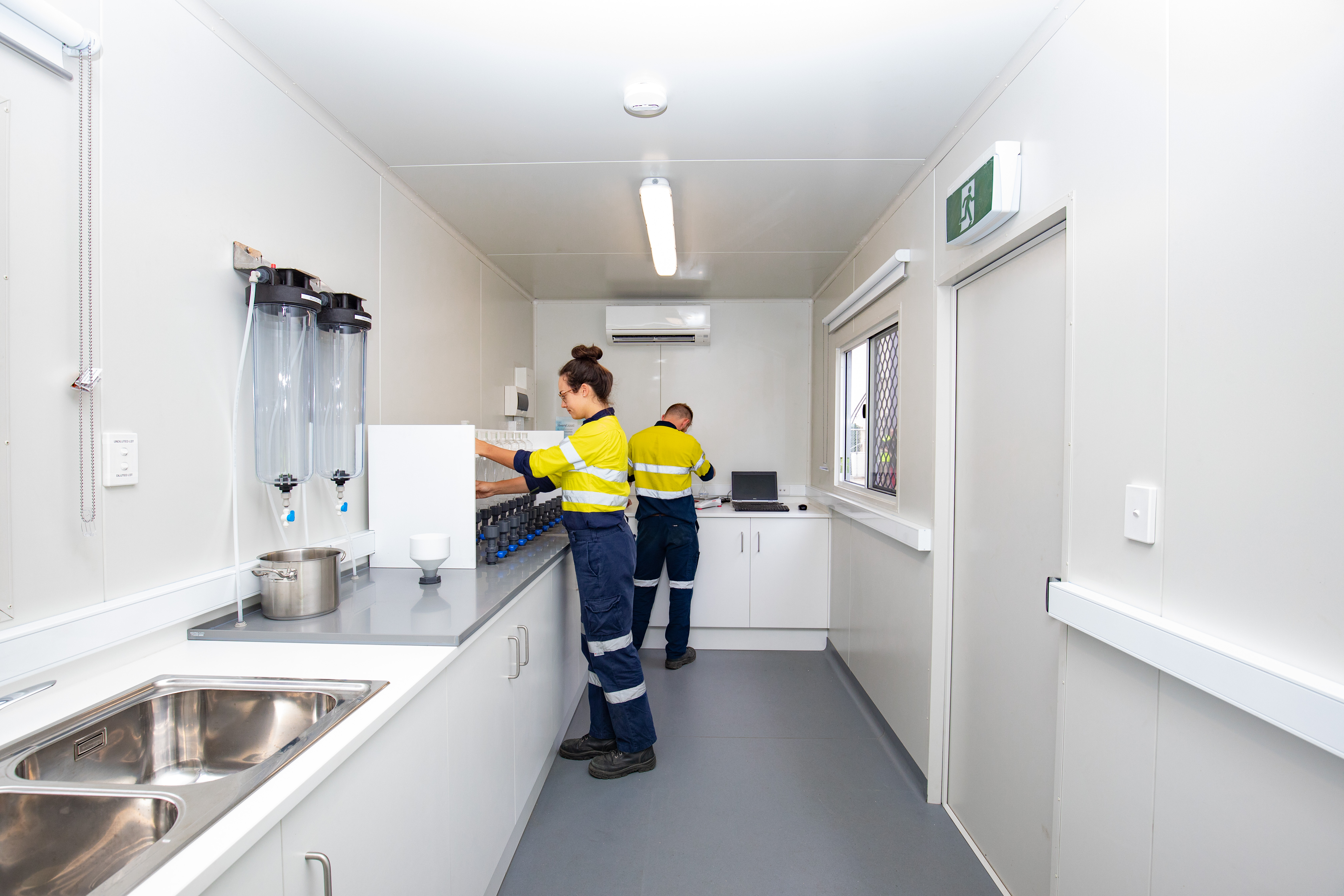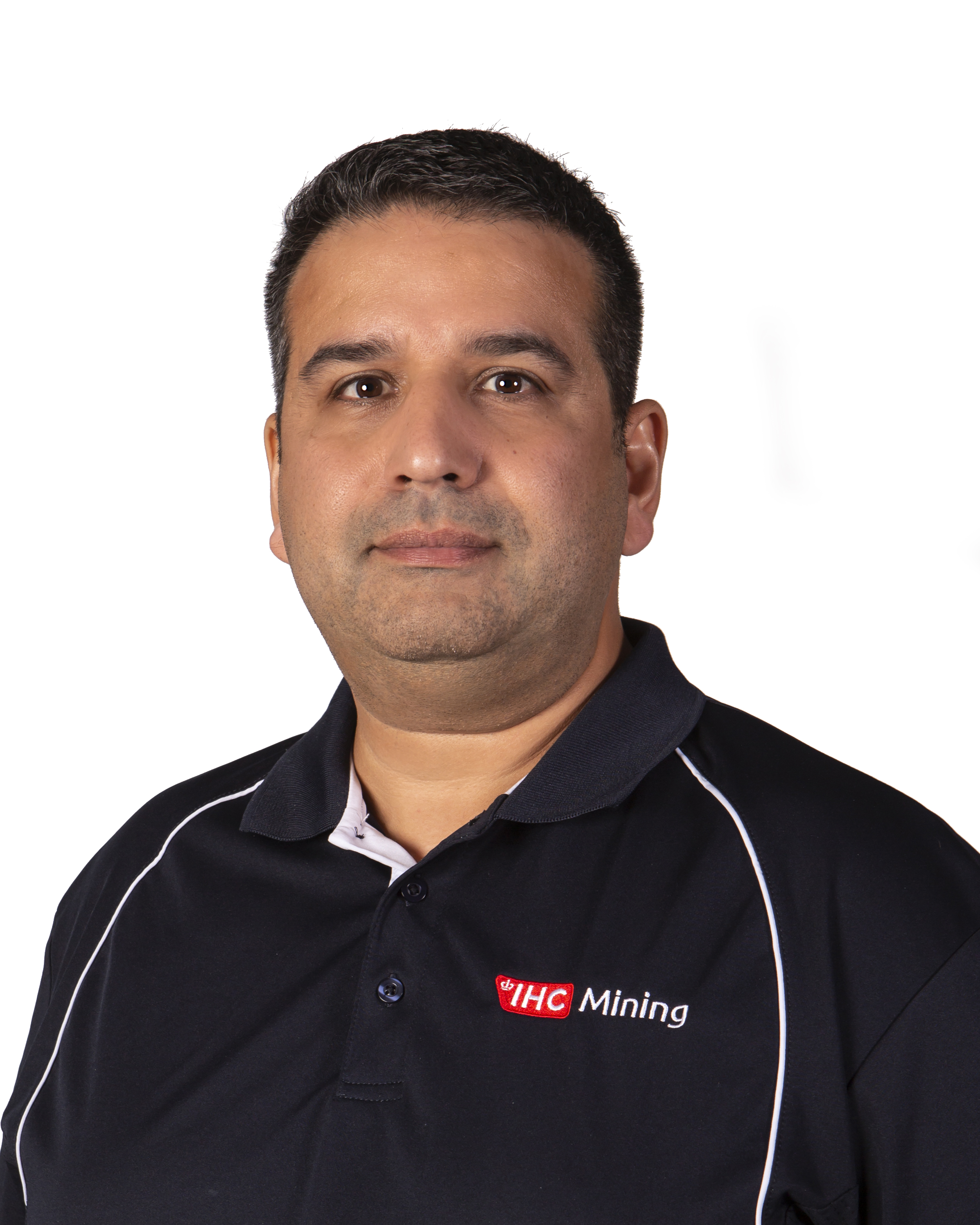Modular LST Laboratory

The LST Laboratory in short
The LST Heavy Liquid Separations Laboratory is modular in design and containerised, which makes it easily relocatable. The facility only requires a supply of power, fresh water and compressed air (optional) to operate.
All required parts are provided, including a stock of LST Heavy Liquid, with replacement items available off-the-shelf as required. The unit is capable of processing up to 100 samples per day in a safe and efficient environment, or can be expanded to suit client needs.
Why choose our equipment?
- user-friendly reclamation system
- >99% LST recovery per use
- non-toxic and stable alternative for traditional heavy liquids
- fully containarised, so easy to relocate.
Heavy Liquid Separation (HLS)
Heavy Liquid Separations (HLS), also known as float-sink tests, are a standardised analytical procedure that allows for controlled separation of materials by their density.
The fluid medium in which the separations occur defines the specific gravity (SG) ‘cut-point’. Particles with a SG higher than the medium will sink, while lower-SG particles (usually silica and other gangue particles) will float. HLS is a useful tool for mineral exploration as well as for metallurgical evaluations. Ultimately, it is a fast, inexpensive and repeatable method to determine the Heavy Mineral (HM) content of a sample.


LST Heavy Liquid: non-toxic and stable liquid
Traditional heavy liquids, such as bromoform and TBE, are highly toxic, volatile substances and in some cases are considered to be carcinogenic. IHC Mining uses LST Heavy Liquid, a non-toxic and stable alternative.
Downloads
More information?
-

Brian
RodriguesGeneral Manager IHC Mining Australia

How can we help you?
Looking for advice on our LST Lab? Fill in the form and our experts will help you.